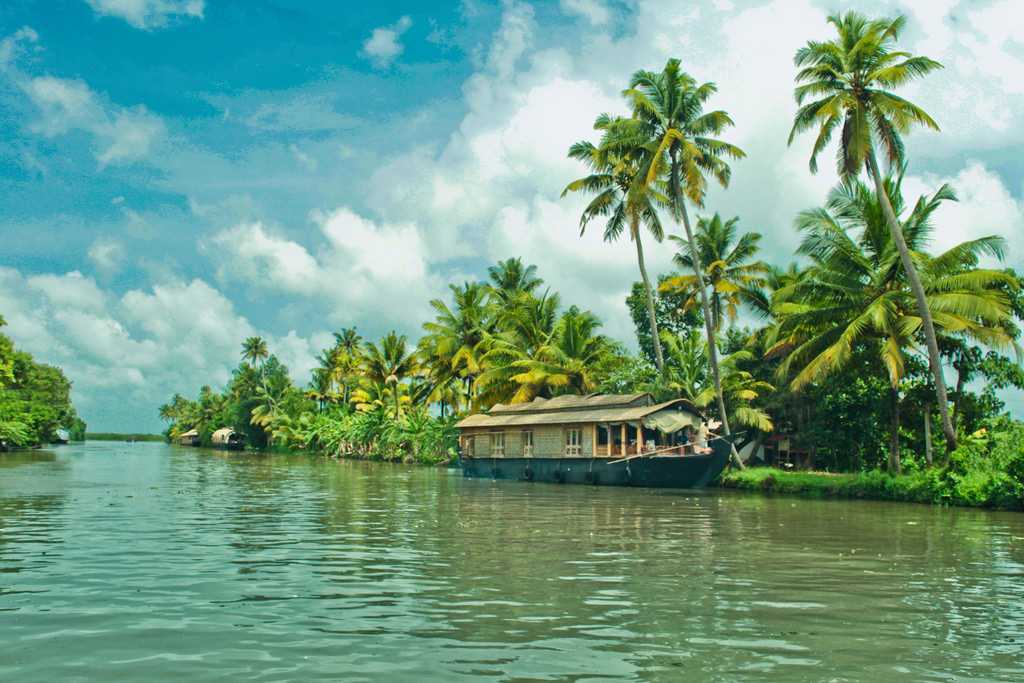Culture Of Kerala
The culture of Kerala is a combination of both Indian and Dravidian culture. Now days this culture is being influenced by the neighboring states as well. The main USP of Kerala is its performing arts like Kathakali, Mohiniyattam and Martial Art of Kalaripayattu.

The culture of Kerala has developed over the past millennia, influences from other parts of India and abroad. It is defined by its antiquity and the organic continuity sustained by the Malayali people. Modern Kerala society took shape owing to migrations from different parts of India and abroad throughout Classical Antiquity. Kerala traces its non-prehistoric cultural genesis to its membership (around the AD 3rd century) in a vaguely defined historical region known as Thamizhagom — a land defined by a common Tamil culture and encompassing the Chera, Chola, and Pandya kingdoms. At that time, the music, dance, language (first Dravida Bhasha — "Dravidian language" — then Tamil), and Sangam (a vast corpus of Tamil literature composed between 1,500–2,000 years ago) found in Kerala were all similar to that found in the rest of Thamizhagom (today's Tamil Nadu). The culture of Kerala evolved through the Sanskritization of Dravidian ethos, revivalism of religious movements and reform movements against caste discrimination. Kerala showcases a culture unique to itself developed through accommodation, acculturation and assimilation of various faculties of civilized lifestyle. Native traditions of classical performing arts include koodiyattom, a form of Sanskrit drama or theatre and a UNESCO-designated Human Heritage Art. Kathakali (from katerumbu ("story") and kali ("performance")) is a 500-year-old form of dance-drama that interprets ancient epics; a popularized offshoot of kathakali is Kerala natanam (developed in the 20th century by dancer Guru Gopinath). Meanwhile, koothu is a more light-hearted performance mode, akin to modern stand-up comedy; an ancient art originally confined to temple sanctuaries, it was later popularized by Mani Madhava Chakyar. Other Keralite performing arts include mohiniyaattam ("dance of the enchantress"), which is a type of graceful choreographed dance performed by women and accompanied by musical vocalizations. Thullal, Thirayattam, padayani, and theyyam are other important Keralite performing arts. Thirayattam is one of the most outstanding Ethnic art of Kerala. This vibrant ritualistic annual performing art form enacted in courtyards of "Kaavukal"(sacred groves) and village shrine. Kerala also has several tribal and folk art forms. For example, Kummattikali is the famous colorful mask-dance of South Malabar, performed during the festival of Onam. The Kannyar Kali dances (also known as Desathukali) are fast-moving, militant dances attuned to rhythmic devotional folk songs and asuravadyas. Also important are various performance genres that are Islam- or Christianity-themed. These include oppana, which is widely popular among Keralite Muslims and is native to Malabar. Oppana incorporates group dance accompanied by the beat of rhythmic hand-clapping and Vishal vocalizations.